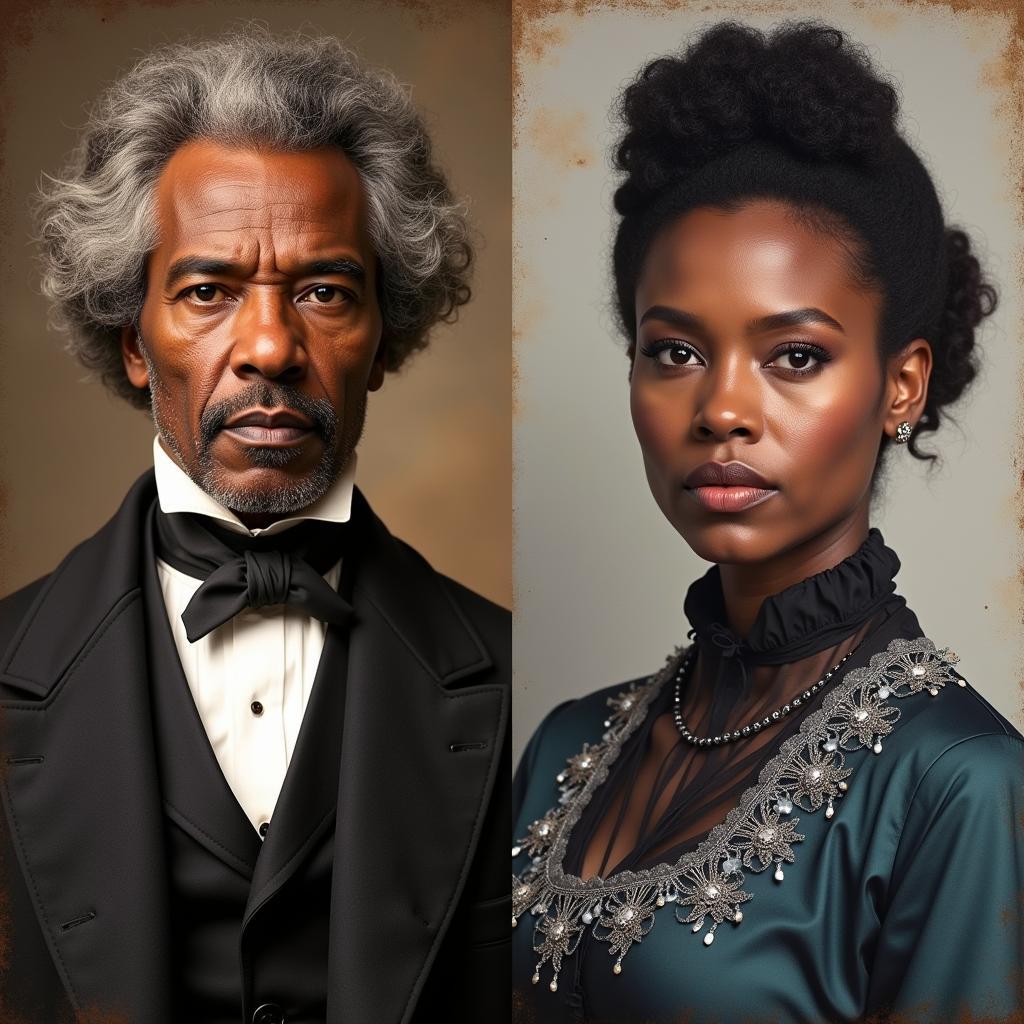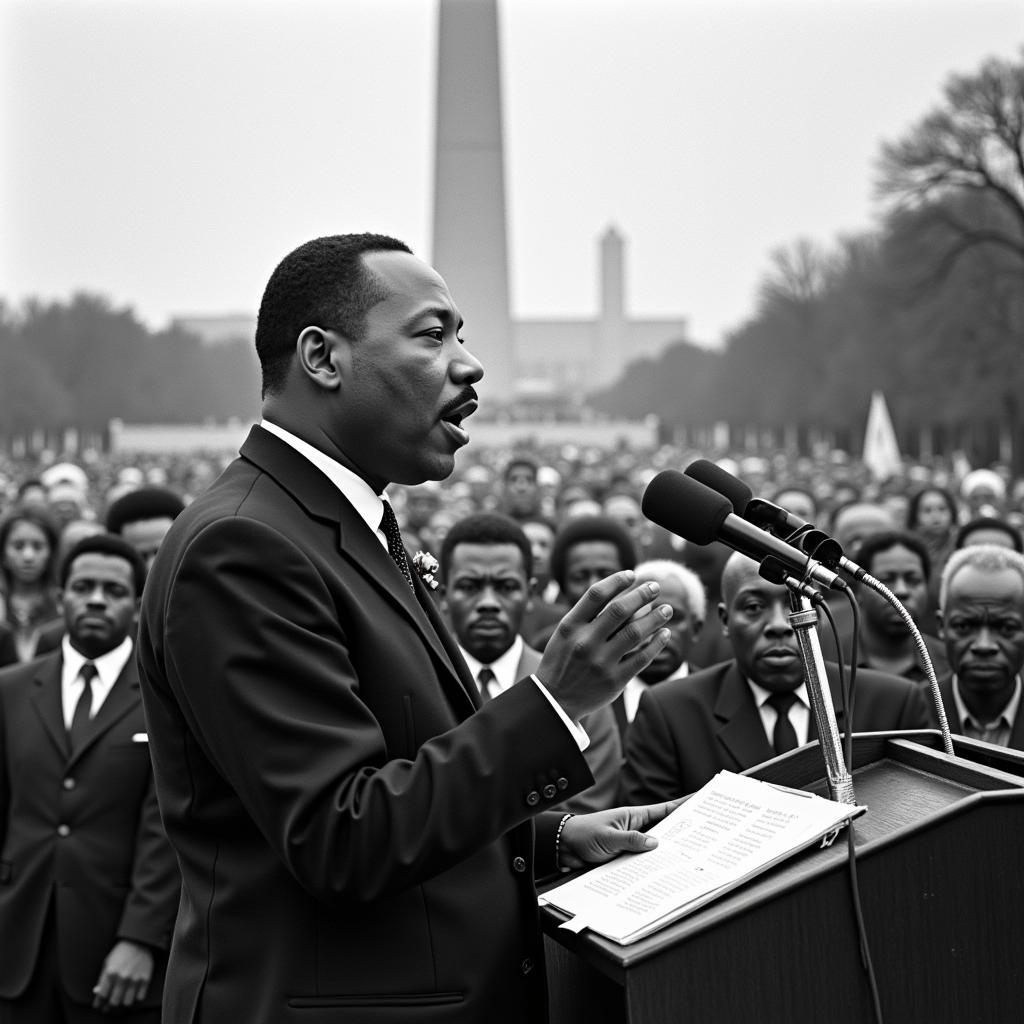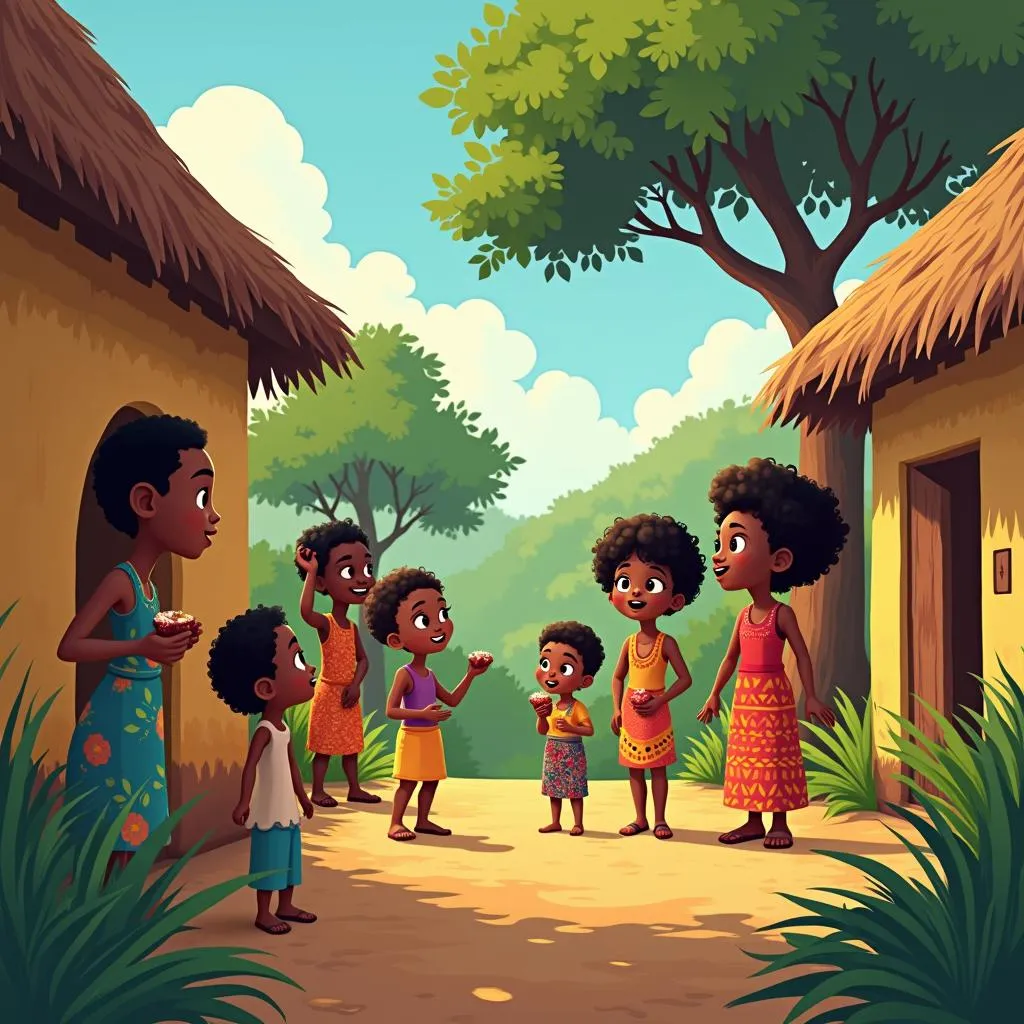The African American Struggle for Equality: A Legacy of Leadership
The African American struggle for equality has been a long and arduous journey, marked by resilience, sacrifice, and the unwavering pursuit of justice. From the brutal realities of slavery to the ongoing fight against systemic racism, African Americans have consistently demonstrated extraordinary leadership in demanding their rightful place in society. This struggle, often referred to as the Civil Rights Movement, encompasses numerous individuals, organizations, and strategies that collectively sought to dismantle segregation, secure voting rights, and achieve social, economic, and political equality.
The Genesis of a Movement: From Emancipation to the Dawn of the 20th Century
The seeds of the African American struggle for equality were sown long before the modern Civil Rights Movement. The abolitionist movement of the 19th century, fueled by the moral outrage against slavery, saw the rise of figures like Frederick Douglass and Harriet Tubman. Douglass, a brilliant orator and writer, escaped slavery and became a powerful voice for abolition, eloquently exposing the horrors of the institution and advocating for equal rights. Tubman, a conductor on the Underground Railroad, risked her life repeatedly to guide enslaved people to freedom, embodying bravery and unwavering determination.
 Frederick Douglass and Harriet Tubman: Leading Figures in the Abolitionist Movement
Frederick Douglass and Harriet Tubman: Leading Figures in the Abolitionist Movement
The post-Civil War Reconstruction era brought about significant legal advancements with the passage of the 13th, 14th, and 15th Amendments, abolishing slavery, granting citizenship and equal protection under the law, and guaranteeing the right to vote for Black men, respectively. However, these legal victories were met with fierce resistance in the South. Jim Crow laws emerged, enforcing racial segregation and disenfranchising Black citizens through poll taxes, literacy tests, and violence.
Navigating Segregation: The Rise of Leaders and Organizations
The early 20th century witnessed the rise of organizations like the National Association for the Advancement of Colored People (NAACP) in 1909, which challenged segregation and discrimination through legal battles and public awareness campaigns. This era also saw the emergence of Booker T. Washington and W.E.B. Du Bois, two prominent African American leaders who offered differing approaches to achieving equality. Washington advocated for economic self-sufficiency and vocational education as a path to upliftment, while Du Bois stressed the importance of higher education and immediate agitation for civil rights.
The struggle gained momentum during World War II, as African Americans served their country with distinction, challenging the hypocrisy of fighting for democracy abroad while facing segregation at home. This period set the stage for the modern Civil Rights Movement, characterized by nonviolent resistance and mass mobilization.
A Turning Point: The Modern Civil Rights Movement
The Montgomery Bus Boycott of 1955, sparked by Rosa Parks’ refusal to give up her seat on a segregated bus, marked a turning point. This year-long protest, led by a young Martin Luther King Jr., demonstrated the power of nonviolent direct action and propelled King to the forefront of the movement.
 Martin Luther King Jr. Leading the March on Washington
Martin Luther King Jr. Leading the March on Washington
The following decade witnessed a wave of protests and demonstrations across the South. From the sit-ins at segregated lunch counters to the Freedom Rides challenging segregation in interstate travel, African Americans courageously confronted racism and brutality, demanding their constitutional rights. These acts of civil disobedience, often met with violence from white supremacists and law enforcement, galvanized public opinion and pressured the federal government to act.
A Legacy of Leadership: From Civil Rights to Black Lives Matter
The Civil Rights Act of 1964 and the Voting Rights Act of 1965 stand as landmark achievements of this era, outlawing discrimination based on race, color, religion, sex, or national origin, and securing voting rights for all citizens. However, the struggle for equality did not end with the passage of these laws. Systemic racism continued to permeate institutions and impact the lives of African Americans, from housing and education to employment and criminal justice.
The late 20th and early 21st centuries have seen the continuation of this struggle, with movements like Black Lives Matter emerging to address police brutality and racial profiling. Drawing inspiration from the Civil Rights Movement, these contemporary movements utilize social media and digital platforms to amplify their message and mobilize a new generation of activists.
Conclusion
The African American struggle for equality is a testament to the enduring power of hope, courage, and the unwavering belief in justice. From the abolitionists to the Civil Rights leaders of the 20th century to the activists of today, the fight continues. While significant progress has been made, the journey is far from over. Understanding the history, the sacrifices, and the unwavering pursuit of equality is crucial to dismantling systemic racism and creating a just and equitable society for all. The legacy of leadership within the African American community serves as a beacon of hope and a reminder that the pursuit of justice requires constant vigilance, unwavering commitment, and a willingness to challenge the status quo.
FAQ: African American Struggle for Equality
1. Who were some of the key leaders in the African American struggle for equality?
Some key leaders include Frederick Douglass, Harriet Tubman, Booker T. Washington, W.E.B. Du Bois, Martin Luther King Jr., Malcolm X, Rosa Parks, and many others.
2. What were some of the major turning points in the Civil Rights Movement?
Major turning points include the Brown v. Board of Education Supreme Court ruling, the Montgomery Bus Boycott, the March on Washington, and the passage of the Civil Rights Act of 1964 and the Voting Rights Act of 1965.
3. How has the African American struggle for equality evolved in recent times?
The struggle continues with movements like Black Lives Matter addressing issues such as police brutality, mass incarceration, and systemic racism.
4. What are some of the ongoing challenges in the fight for racial equality?
Ongoing challenges include economic disparities, educational inequalities, healthcare disparities, and the persistence of racial profiling and discrimination.
5. How can I learn more about the African American struggle for equality?
Explore resources from reputable organizations like the NAACP, the National Museum of African American History and Culture, and the Southern Poverty Law Center. Read books, watch documentaries, and engage in open and respectful dialogue to deepen your understanding.
Looking for information on African American newborn photography? Check out our article on African American newborn photos.
Need Help?
We are here to support you! If you need assistance or have any questions, please do not hesitate to contact us:
Phone: +255768904061
Email: kaka.mag@gmail.com
Address: Mbarali DC Mawindi, Kangaga, Tanzania
Our dedicated customer support team is available 24/7 to assist you.
